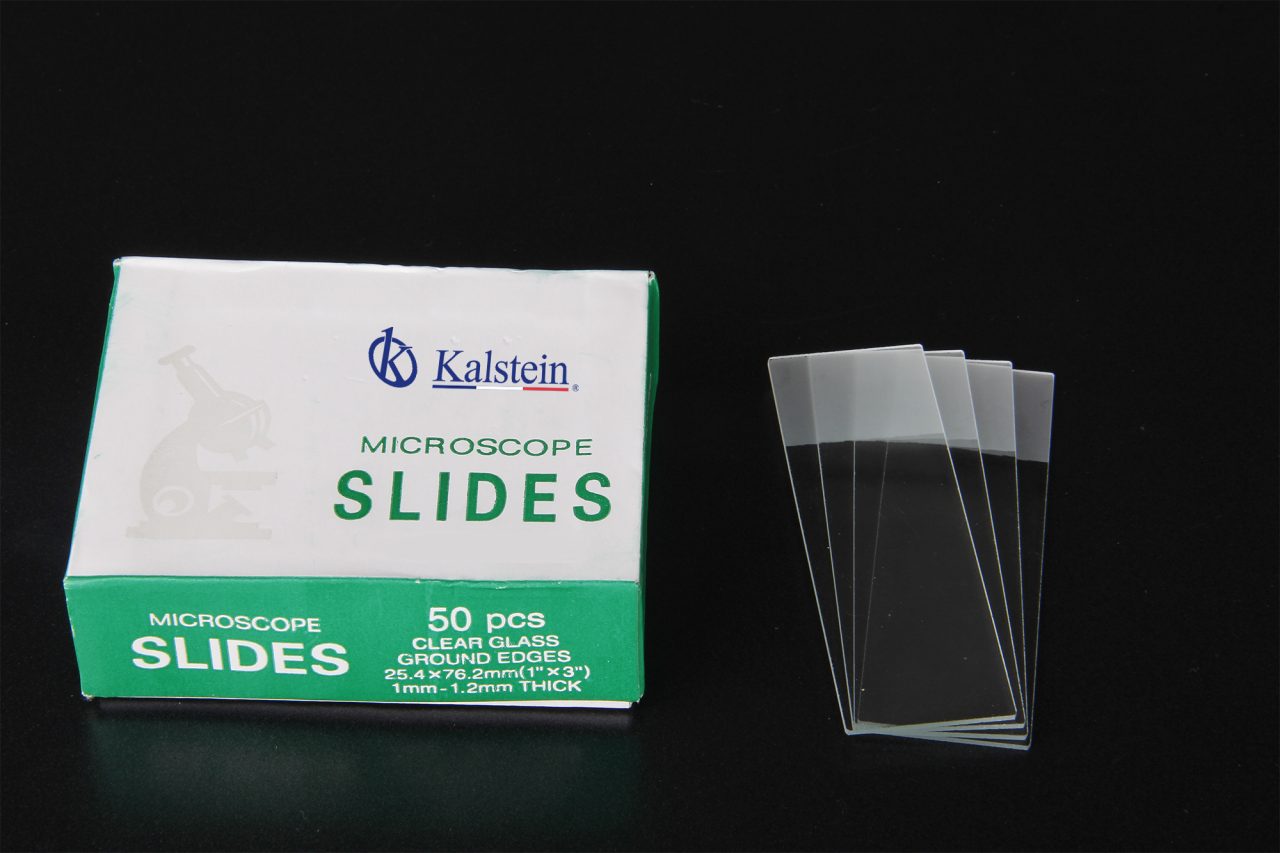The analysis of the results obtained with laboratory reagents is an important procedure in the study of different samples of materials and their associated quality. Laboratory reagents are used to detect, identify, or quantify any chemical characteristic in a given sample. These reagents are essentially highly purified chemicals that change color in the presence of specific products or by the presence of certain characteristics. This response is visible with the use of a combination of reagents and systematic procedures.
Results obtained with reagents should be carefully analyzed to ensure that they are accurate and accurate. For this, the chemist must follow a series of steps. First, several samples are placed in a petri dish. Then, the reagents are added according to the manufacturer’s instructions and the color changes are observed.
Changes in concentration, color, and other characteristics are noted by the investigator for further evaluation. The results obtained with the reagents are then compared with the standards specified by the manufacturer to evaluate their accuracy. This reference query provides important information about the accuracy of the results obtained.
How can the analysis of the results obtained with chemical reagents be improved?
To improve the accurate and meaningful interpretation of results, standardized procedures are necessary. These include the interpretation of the results by omitting the presence of one or more specific reagents or the interpretation of the results obtained within a predetermined time frame. These schemes provide precise information on the particular chemical characteristics present in a given sample.
The results obtained with reagent aggregates should be adequately evaluated before proceeding to the next step. An important aspect of the analysis of the results obtained with reagents is its dangerousness. Laboratory reagents can be aggressive to health if misused. Therefore, order and safety should be prioritized in these situations.
The analysis of the results obtained with laboratory reagents also involves determining the quality of the results. The reagents are verified by confirmatory tests to verify the accuracy of the results. These tests are done using equivalent or different reagents. These confirmatory tests show the variations in the results obtained. These variations can occur due to biological activity, the presence of organic materials or the presence of impurities in the reagents.
Why is it important to analyze the results obtained with chemical reagents?
A good analysis of the results obtained with laboratory reagents implies an adequate background investigation. This background research is carried out by collecting additional information about the analyzed sample and basic acid parameters. This additional information allows the investigator to make appropriate decisions about sample treatment, so that the results obtained are accurate and meaningful.
In conclusion, the analysis of the results obtained with laboratory reagents is an important procedure for the analysis of the quality of different materials. The reagents used should be standardized to ensure the reliability and accuracy of the results. Reagents should be administered with care to minimize potential hazards to human health.
Every analysis protocol always involves a verification process that allows to eliminate any systematic errors that occurred during the execution of any experiment, in order to be corrected. Therefore, the analysis of the quality of the results obtained with reagents requires a thorough investigation. Once the results have been obtained, they should be carefully evaluated to ensure the accuracy of the results.
The quality of the results of Kalstein’s reagents
The quality of performance of Kalstein’s reagents has been tested in many clinical laboratories, and its exact and accurate results account for their reliability. The manufacturer offers for sale to laboratories chemical reagents that can be used in diluting blood samples, cleaning hematology equipment and for hemolysis reactions. For the purchase of these reagents, our sales team will be able to inform you about the prices, which can be requested through the websites HERE and HERE.

